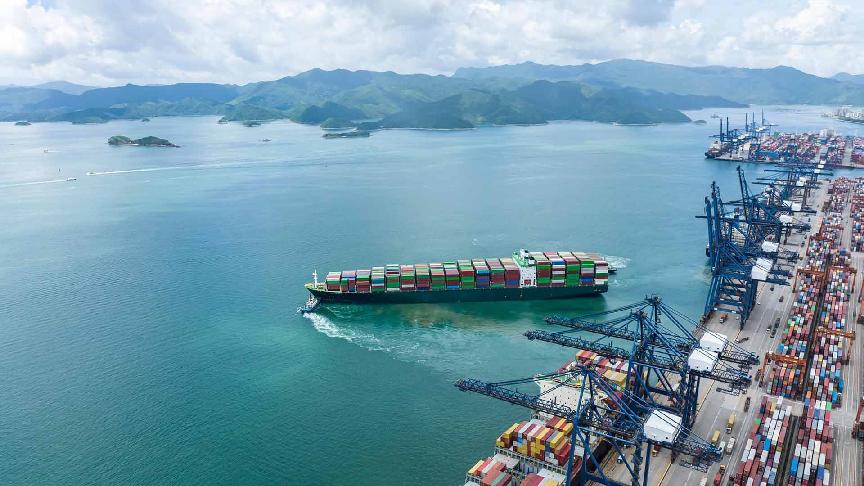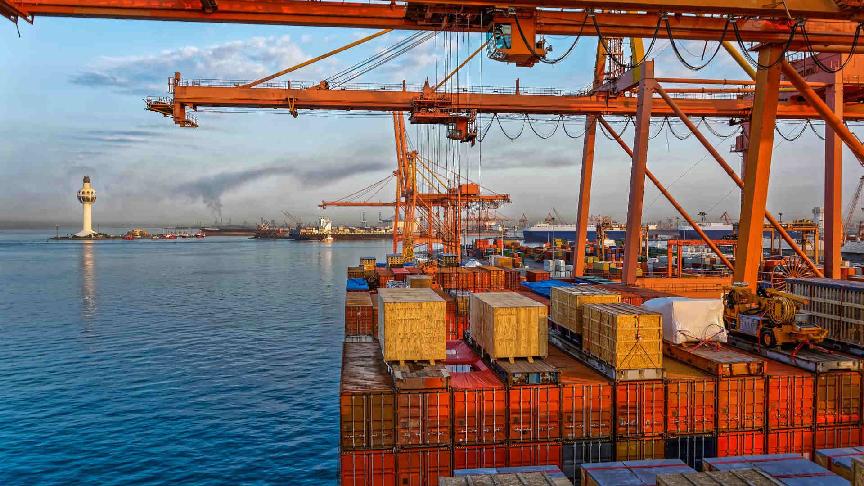4 April 2024 (Lloyd's List) - CARRIERS in The Alliance have postponed the relaunch of one of their Asia-US east coast services because of disruption in the Red Sea.
The EC4 service, one of five US east coast services that The Alliance offers, was suspended last October. At the time, the lines cited weak market conditions for the cancellation of sailings.
At that point Hapag-Lloyd, in particular, was looking to remove entire loops rather than rely on ad hoc blank sailings to match supply with demand.
The service deployed 11 ships of 13,000 teu-14,000 teu on a 13-week rotation.
The service had been slated to return in week 16 of this year, in just over a week’s time, but The Alliance has now postponed that relaunch and has not indicated when it will return.
This time the carriers have placed the blame on their decisions not to sail via the Red Sea.
Advisories from Ocean Network Express and Hapag-Lloyd said the service’s reintroduction would be postponed until the situation in the Red Sea “further stabilises”.
Vessels deployed on the service will be reassigned to the remaining east coast services, they added.
Additional port calls would occur across the services to make up for ports missed by the EC4. The EC5 service will continue to route around the Cape of Good Hope, while the EC1 and EC2 services will go transpacific via the Panama Canal.
In contrast, CMA CGM continues to occasionally send ships via the Red Sea when it believes the risk is manageable.
Vessel-tracking data from Lloyd’s List Intelligence shows CMA CGM Volga (IMO: 9705081) and CMA CGM Verdi (IMO: 9331165) crossing the Indian Ocean after transiting the Red Sea, while CMA CGM Ganges (IMO: 9718117) is in the Suez Canal returning via the Red Sea from an outbound voyage that also took it through the Bab el Mandeb.
Analysts at Linerlytica said vessel diversions to the Cape of Good Hope route had remained steady over the past week, with the average capacity of vessels on the cape route at 4.2m teu with a slight increase at the end of the week because of increased vessel activity on Asia-Europe/Mediterranean and India/Middle East-Europe routes.
These were partly offset by a reduction in the number of ships on Asia-US east coast route that were using the long route, as some of these ships returning to the Panama Canal as transit restrictions had eased.







